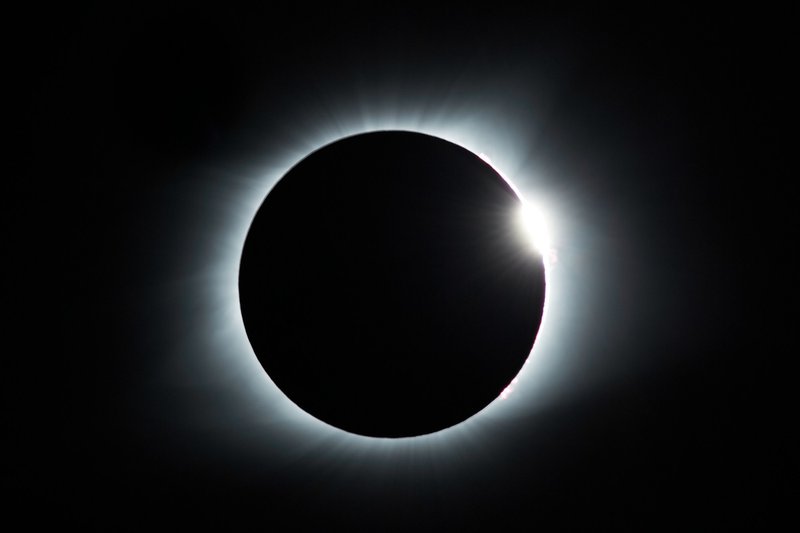
- Discover important tips to ensure you have a safe and memorable solar eclipse viewing experience.
- Learn about necessary preparations, from equipment to location selection.
- Understand the science behind solar eclipses to fully appreciate this celestial event.
Understanding Solar Eclipses
- Explanation of what a solar eclipse is and how it occurs.
- Different types of solar eclipses: total, partial, and annular.
- Historical significance and cultural impact of solar eclipses.
Choosing the Best Location
- Importance of selecting an optimal viewing spot for maximum visibility.
- Factors to consider: weather conditions, altitude, and light pollution.
- Recommended locations globally known for clear eclipse views.
Essential Viewing Equipment
- Overview of must-have gear: eclipse glasses, telescopes, and cameras.
- Safety precautions when using optical devices to prevent eye damage.
- DIY methods for creating pinhole projectors or other safe viewing tools.
Timing Your Eclipse Experience
- How to find accurate local timing information for the eclipse phases.
- The importance of arriving early to secure a good viewing spot.
- Tips on planning your schedule around the key moments of the eclipse.
Capturing the Moment
- Photography tips for capturing stunning images of the eclipse.
- Recommended camera settings and equipment adjustments during different phases.
- Creative ideas for documenting your experience beyond traditional photos.
Engaging with Science During the Eclipse
- Simple experiments you can perform during an eclipse to understand its effects.
- Educational activities suitable for children and family involvement.
- Resources for further learning about astronomy and celestial events.
Conclusion
- Recap of essential preparations needed for a successful solar eclipse viewing.
- Emphasis on safety measures while observing this rare phenomenon.
- Encouragement to cherish and document this extraordinary experience.
by
Tags:
This site is registered on wpml.org as a development site. Switch to a production site key to remove this banner.